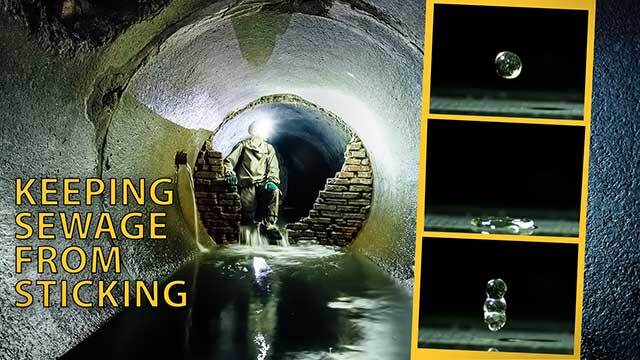Sea spray aerosols, which form when ocean waves fling particles into the atmosphere, can impact our climate in a variety of ways. But their small size and chemical complexity make them hard to study or model. Reporting in ACS Central Science, scientists tackled these challenges and designed new computer simulations to better represent the real conditions of newly formed sea spray aerosols. The researchers hope this “computational microscopy” will help scientists better understand and predict the climate impacts of sea spray aerosols.
Source Article
“Revealing the Impacts of Chemical Complexity on Submicrometer Sea Spray Aerosol Morphology”
ACS Central Science
Corresponding author: Rommie E. Amaro
Transcript
Narrator: This colorful, wiggly blob is giving scientists new insights into how the chemistry of atmospheric aerosols may affect climate. When waves break on the ocean surface, they fling particles into the atmosphere – called sea spray aerosols. The aerosols contain water, salt, and a huge variety of other compounds from sea water.
Sea spray aerosols impact climate in a number of ways. They scatter sunlight, react with atmospheric gases, and form clouds. But their small size makes them hard to study experimentally. And their chemical complexity makes them hard to model with computers.
Scientists designed new computer simulations to better represent the real conditions of newly formed sea spray aerosols. They started by modeling a simple mixture. Then they added more types of molecules to understand how each component affects the particles’ properties.
In one example, they noticed some fatty acids got stuck at the core of the particle, and others formed patches on the surface, leaving gaps in between where water can move in and out. This affects how easily the particles can grow into cloud droplets. The researchers hope this new technique will help scientists better understand and predict the climate impacts of sea spray aerosols.
To embed this video, please visit YouTube and use the Share function.








